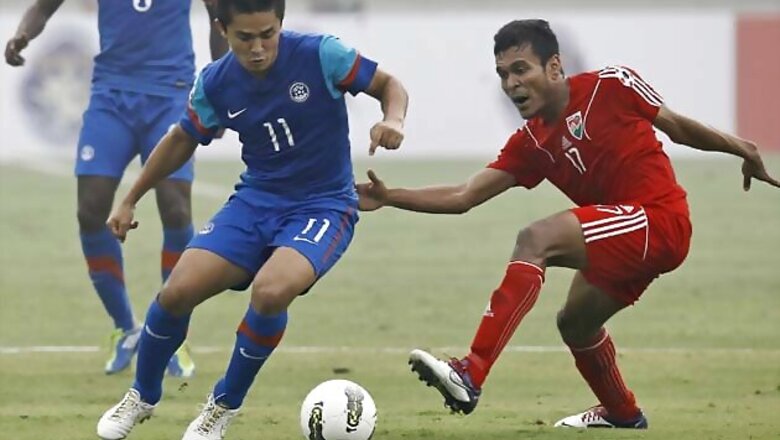
views
New Delhi: “Yes, 5-6 years back.” In the middle of an answer, he suddenly stopped and repeated the number to himself, as if finding it hard to believe that it had been that long.
In fact, it’s been a little more than seven years since Sunil Chhetri made his debut for the Indian national team - in the 2004 SAF Games in Pakistan. However, it was indeed nearly five years ago - in the 2007 Nehru Cup - that the striker played his first international tournament. Coming off the back of a superb season with JCT in the national league - he finished as the top Indian goalscorer - Chhetri made his mark on the big stage, again emerging as his team’s leading scorer in the tournament, besides setting up NP Pradeep’s goal in the final, as India won their first-ever Nehru Cup.
Then came the 2008 AFC Challenge Cup, when Chhetri took the football scene by storm with the only goal in the semi-final and a hat-trick in the final. Once again, he finished on top of the goal-scoring charts as India qualified for the Asian Cup for the first time in 27 years.
Cut to December 2011, and yet another tournament has just ended with the same result. Chhetri’s seven goals helped India win their sixth SAFF Cup, with the 27-year-old also being named Man of the Match in every game played.
“I am very happy, not because I got five Man-of-the-Match awards, but because we won the tournament,” said the India No. 11. “It is a very important tournament, and a tricky one too.”
And then, taking a dig at the team’s critics, he added, “When we lose, people start talking - SAFF bhi haar gaye! (The team lost the SAFF Cup also!) And if we win the SAFF Cup, then they say - kya bada kaam kiya jeet kar (what’s the big deal if they have won). So it’s just a way we tell ourselves that we are going in the right direction. Every time we win, it shows us that we are improving.”
In fact, India had to improve throughout the tournament, after starting with a 1-1 draw against the 178-ranked Afghanistan. Chhetri himself had arrived only a day before, after week-long trials at Rangers in Scotland.
“There was a little fatigue,” he admits. “We didn’t get a lot of time to train. But I have been playing with this same team for seven years now. I know them very well. So the understanding is always there. There was no problem.”
“At the same time, it is important for a team to train together. The Nepal players told me they were together for three-and-a-half months before this tournament. So I think it is a great feat that though we couldn’t prepare well, but despite this disadvantage, we still won all our games comprehensively. We played as a team, we are the champions.”
The players, though, had little time to bask in their success, returning to their clubs in time for the I-League matches this week.
“I really feel sorry for my players,” said India coach Savio Medeira. “They were playing in the I-League before they came and within two days (of winning), they were back with the clubs.”
It is this concern over player fatigue that has prompted him to suggest that the SAFF Cup be turned into an Under-23 tournament.
“I believe it should be a U-23 tournament. It will help us give an opportunity to reserve players and get the best out of the senior players,” said Medeira.
Chhetri, who was injured in the final and missed out on his club’s game this week, agrees, suggesting a proper calendar be prepared for India.
“If the senior team gets 12-15 international games a year, then U-23 can play SAFF Cup. I don’t see why the youth team shouldn’t play. Two years ago, the U-23 team played and won the tournament also. It’s a good way of improving young reserve talent.”
“But first the senior players should get 12-15 important matches in a year, like other teams do. If you haven’t got that, then you have to play in the SAFF Cup. You need a good calendar,” insisted the Mohun Bagan striker.
Grooming young talent is especially important at a time when the Indian team is in a period of transition, with several senior players in the last phase of their careers.
“Bhaichung Bhutia, Renedy Singh, Climax Lawrence, Samir Naik … all the seniors have been great ambassadors of Indian football. They are a good example for us to learn from. The way they brought the younger batch into the team around 5-6 years back - Gourmangi [Singh], Steven [Dias], myself and others - was commendable. Now we have to do the same thing for the likes of Jeje [Lalpekhula] and Nirmal [Chettri].”
“A player is selected on merit, not age. If there is someone better than us, he will be selected. When a new talent like Jeje comes up, space for him is automatically created. Players make their way slowly and gradually into the senior team, which is good.”
Those are the future stars, though. For the present, there is only one candidate, who, at 27, is approaching the best years of career.
So does he consider himself as the next role model for Indian football after Bhaichung? “You tell me,” he says with a straight face. “My job is just to play my best game and help my team as much as I can.”
Even if Chhetri won’t give the answer, though, the fans already have. The legacy is in safe hands.












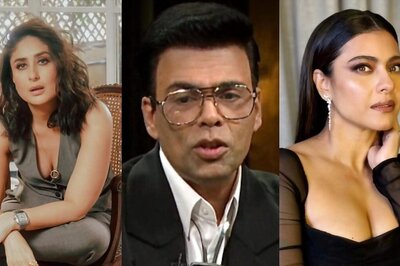
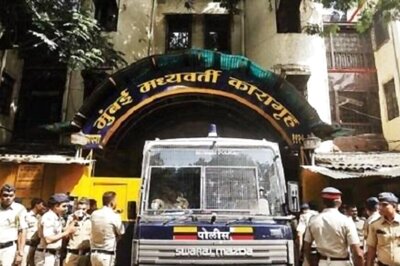
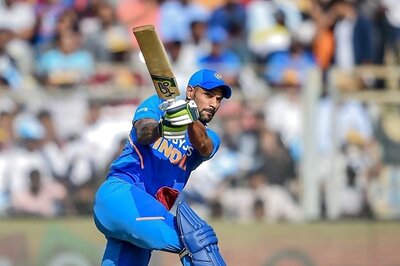
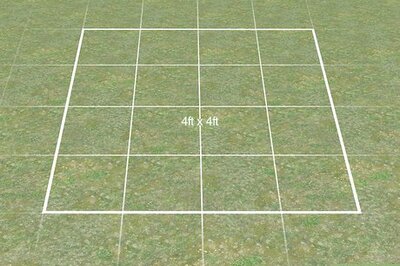
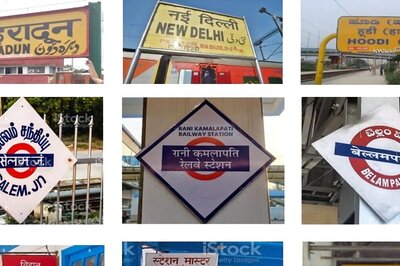
Comments
0 comment